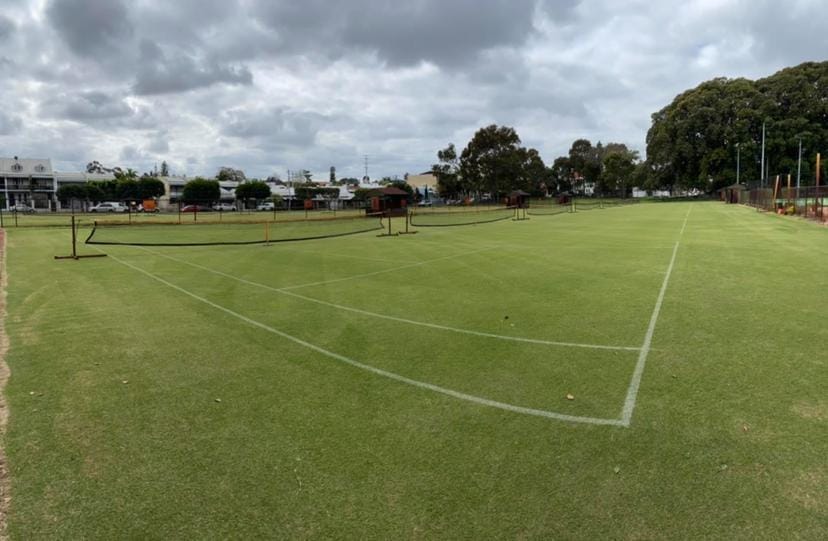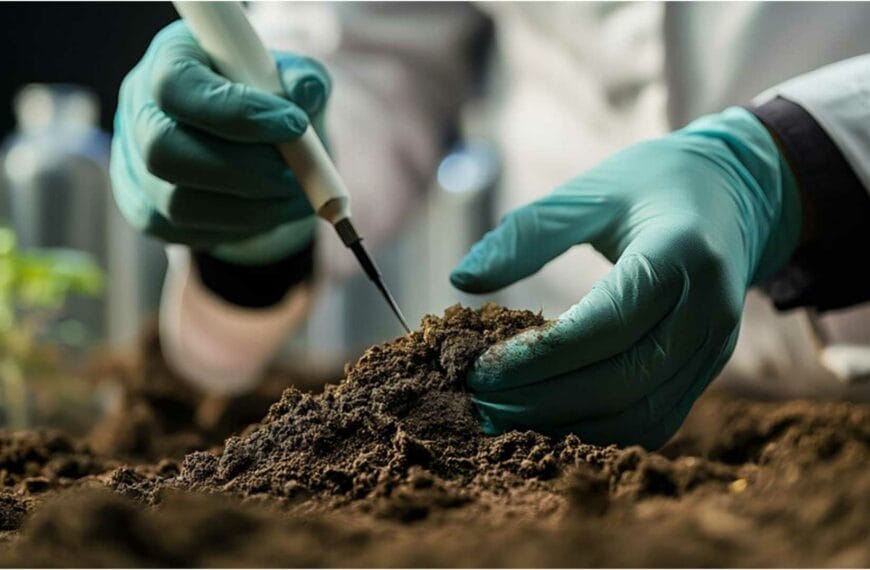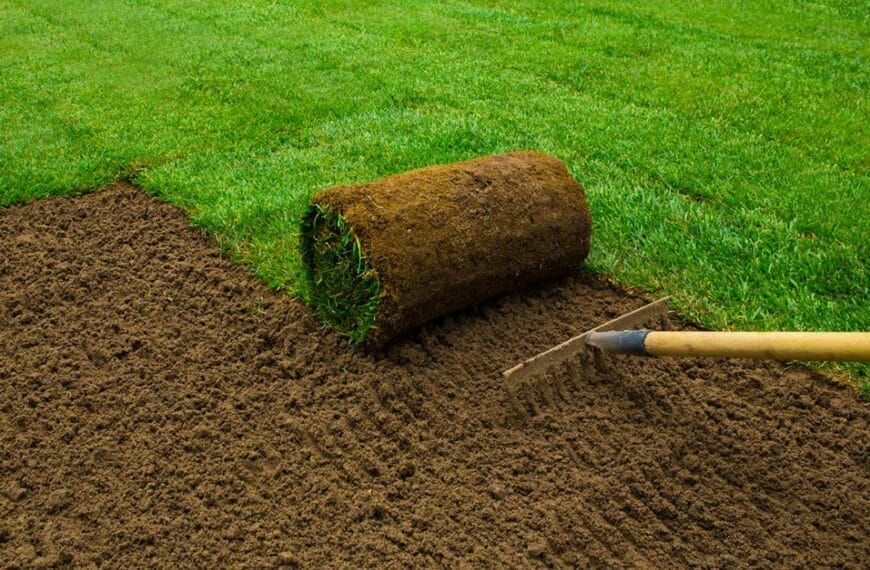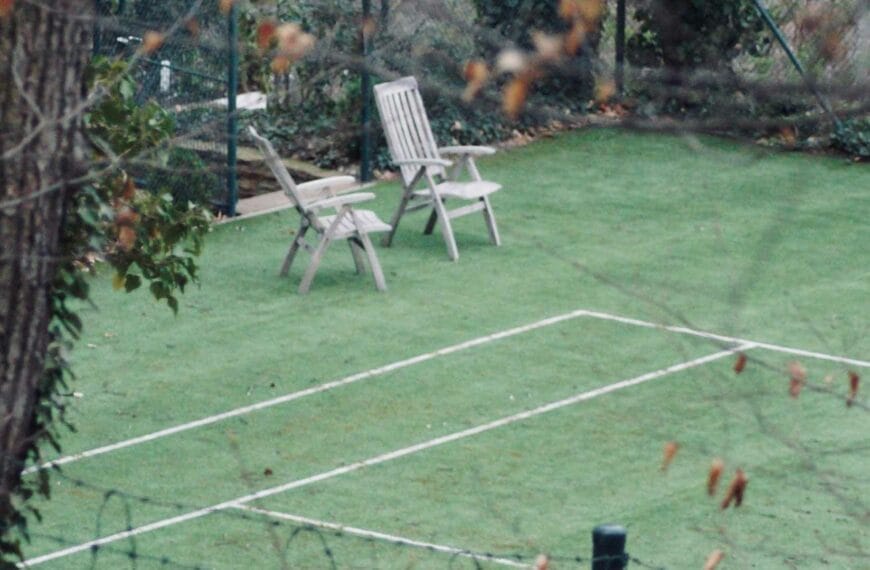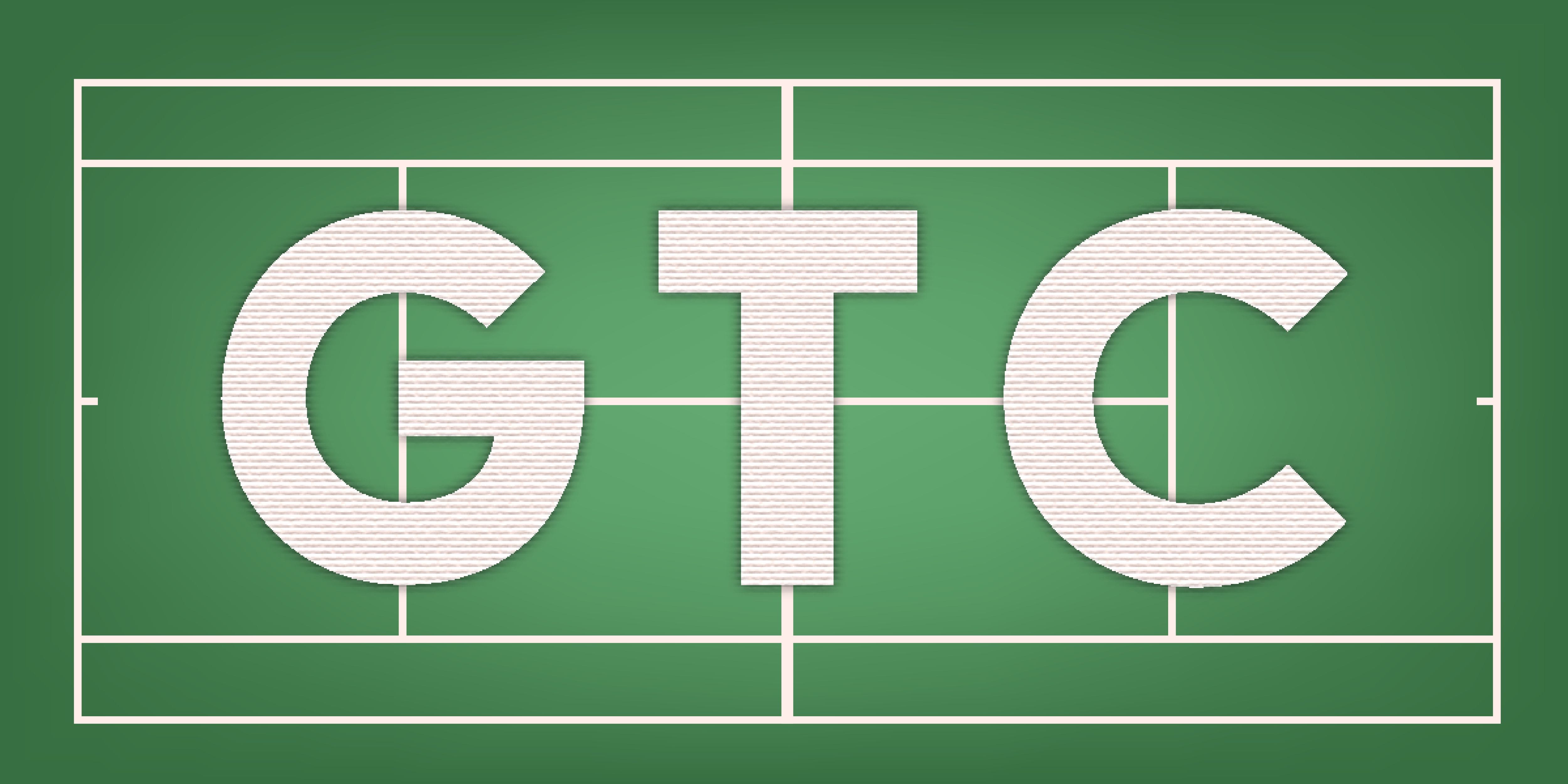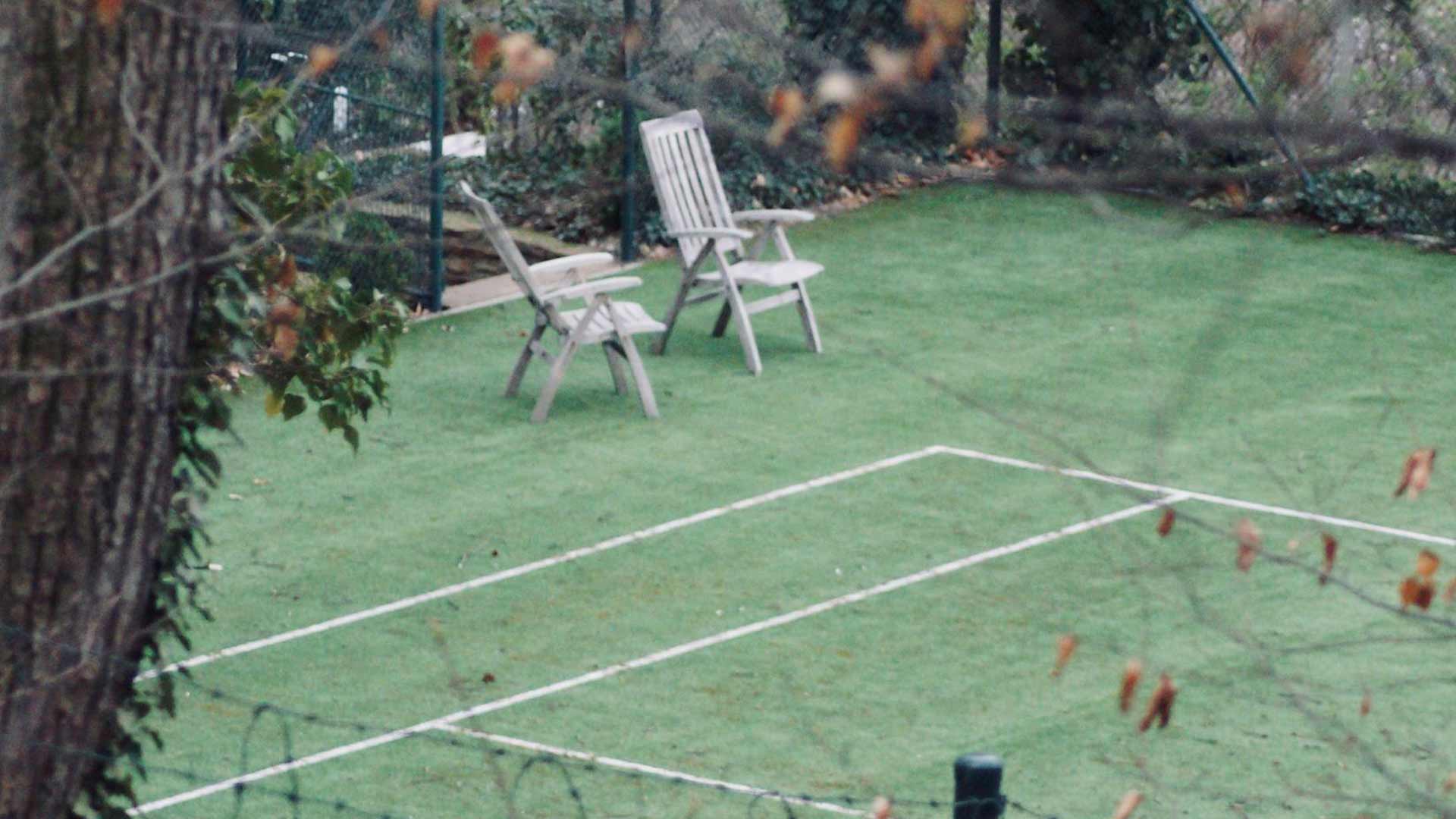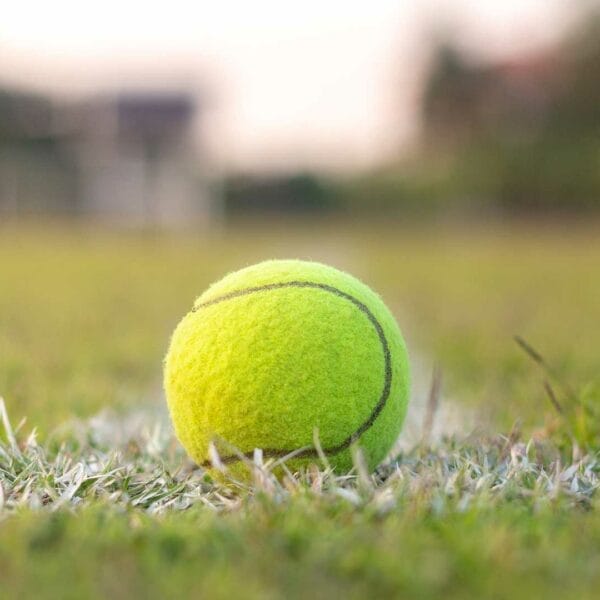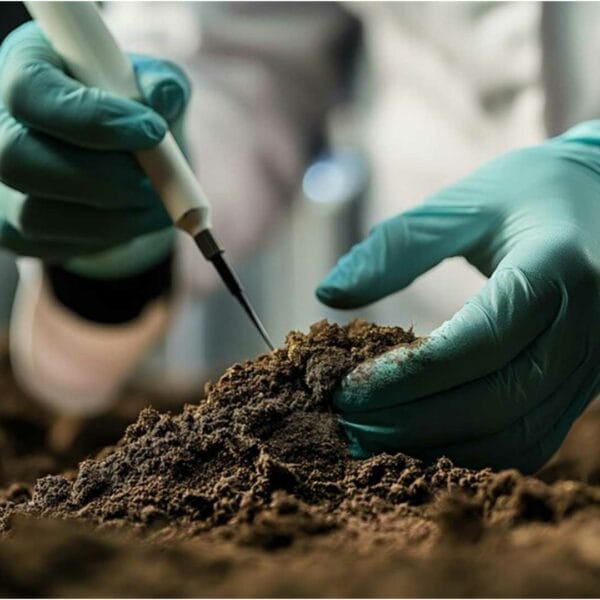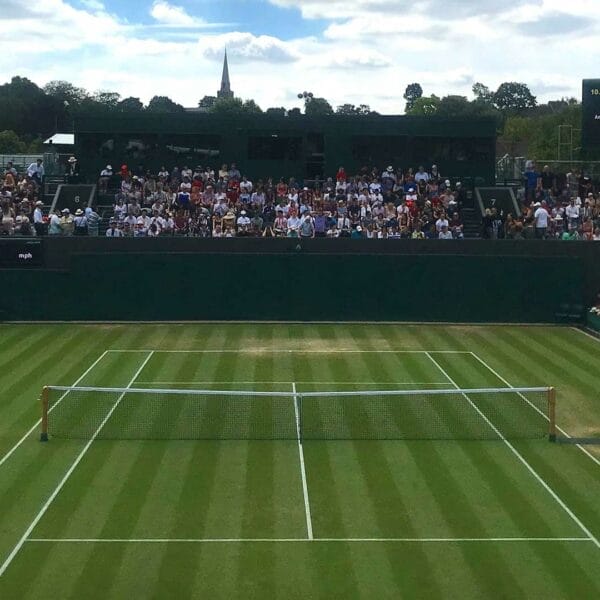The Foundation of Excellence
While the lush, green surface of a grass tennis court captures all the glory, the true secret to its stability, playability, and longevity lies hidden beneath the surface. As expert grass court builders and consultants, we consistently emphasise that a world-class grass court is only as good as its foundation. The base material isn’t just a layer of dirt; it’s a meticulously engineered system designed to provide unwavering stability, optimal compaction, and, critically, impeccable drainage. Without the right base, even the finest turfgrass will struggle to deliver the performance and resilience expected of a premium court.
The core principle is clear: “The recommended base materials are a mix of sand and clay, which provides stability, compaction, and adequate drainage. A layer of gravel or crushed stone is added below the soil base to enhance water flow and prevent waterlogging.” This seemingly straightforward statement unpacks into a fascinating blend of soil science, civil engineering, and sports surface technology. Let’s dig deeper into why this combination is the gold standard for grass tennis courts, particularly given the diverse environmental factors found in tropical climates outside the UK.
The Dynamic Duo: Sand and Clay for the Soil Base
The top layer of the structural base, directly beneath the grass layer, is fundamentally a specific blend of sand and clay. This isn’t just any sand or any clay; it’s a carefully specified mixture (often called a rootzone mix) that provides the ideal environment for grass to thrive while supporting the rigorous demands of tennis.
The Role of Sand: Drainage and Structure
- Enhanced Drainage: Sand’s larger particle size creates pores and channels that let water percolate quickly, preventing surface waterlogging — vital in heavy rainfall regions in monsoon climates.
- Stability and Compaction: When compacted, sand provides excellent structural stability, helping the court remain level and firm over time.
- Aeration: The open, porous nature of sand supports air movement within the soil profile, aiding root respiration and overall grass vitality.
However, sand alone is too free-draining and lacks the nutrient-holding capacity and cohesion required for a durable grass court. This is where clay comes in.
The Role of Clay: Cohesion, Nutrient Retention, and Water Holding
- Cohesion and Binding: Fine clay particles add plasticity and bind the mix, resisting erosion and divoting.
- Nutrient Retention: With high cation exchange capacity (CEC), clay holds essential nutrients, keeping them available to roots.
- Water Retention: Clay helps retain balanced moisture, preventing the profile from drying out too quickly.
The optimal ratio varies by local materials and target play traits. Still, a rootzone typically uses ~70–85% sand and ~15–30% clay — enough to ensure stability without becoming too hard, and drainage without being drought-prone.
The Crucial Underlayer: Gravel or Crushed Stone
Beneath the sand-clay soil base sits a vital sub-base: a layer of gravel or crushed stone. Its primary function is to enhance water flow and prevent waterlogging, acting as the main drainage pathway toward sub-surface drainage pipes.
- Rapid Percolation: Large voids between gravel particles move water far faster than sandy soil, helping courts dry sooner after rain.
- Capillary Break: The gravel layer stops water from wicking back up into the rootzone from saturated sub-layers.
- Structural Stability: It distributes loads and helps prevent settlement over time.
Typical depth: 10–20 cm (4–8 in). Use clean, angular, well-graded stone free of fines. Many builders grade coarser at the bottom and finer at the top to prevent migration of the sand-clay mix.
Integrated Drainage System: The Unsung Hero
These materials function within an integrated drainage system. The gravel feeds a network of perforated pipes (often herringbone or grid) that channel water away. A slight court gradient (about 1% to the sides) aids surface runoff, but sub-surface drainage does the heavy lifting.
“A grass court is a sophisticated hydrological system. Every layer, from the gravel to the grass, plays a vital role in moving water efficiently, keeping the court firm and playable.”
Considerations for Construction and Local Climate
- Site Preparation: Meticulous excavation and grading ensure a level, compacted subgrade before any materials are placed.
- Material Sourcing: Test local sands, clays, and stone. In Kuala Lumpur, availability and quality vary; lab data helps you amend to spec.
- Compaction: Compact each layer to target densities to prevent future settlement.
- Tropical Adaptation: In high-rainfall, high-humidity climates, push sand content toward the higher end and select turf varieties that tolerate moisture while staying firm.
Long-Term Stability and Maintenance
A correctly built base reduces long-term maintenance costs and resists settling. Regular compatible top-dressing maintains rootzone integrity and prevents organic build-up that can slow drainage.
Without a robust, well-drained base, a court soon becomes uneven, waterlogged, and unplayable — accelerating wear to the turf itself.
Key Takeaway
The base materials are the silent guardians of a grass court’s performance. Investing in the right sand-clay rootzone and a foundational gravel layer is a strategic investment that delivers stability, fast drainage, and a surface that withstands time and weather.
Conclusion
Building a grass tennis court is both an art and a science. A precisely formulated sand-clay rootzone supported by a robust gravel sub-base creates the foundation for a stable, well-drained, resilient surface — enabling deep, healthy roots and consistent play in climates from temperate zones to tropical Kuala Lumpur downpours.
For more, explore planning your court, drainage systems, and maintenance best practices at GrassTennisClub.com.

